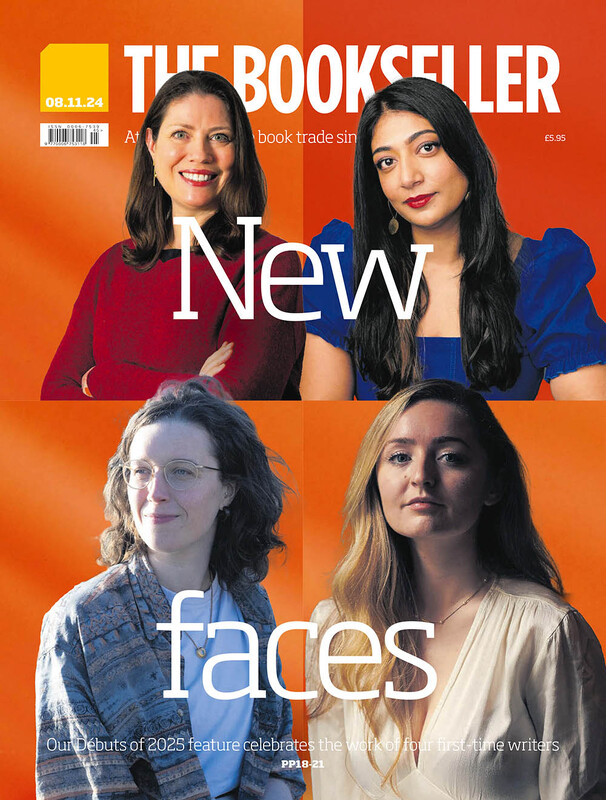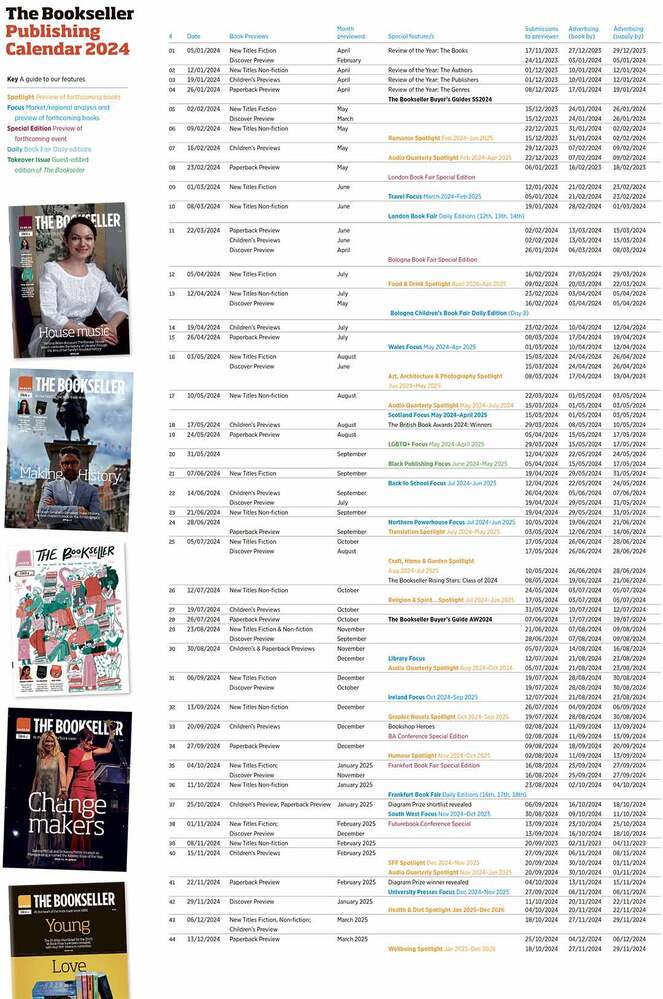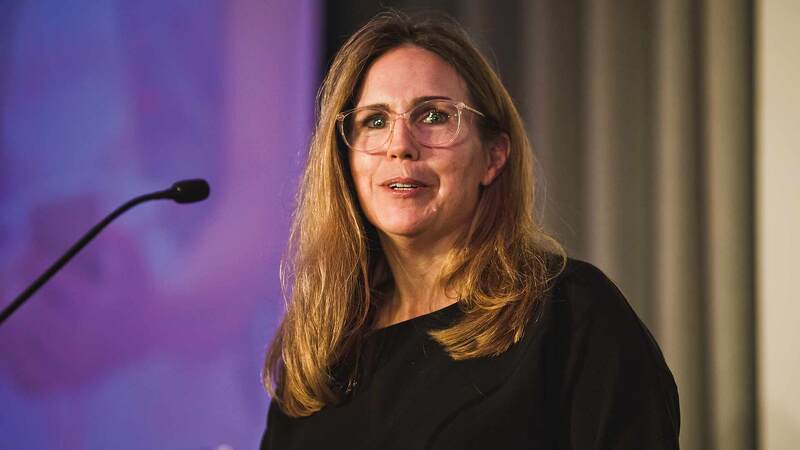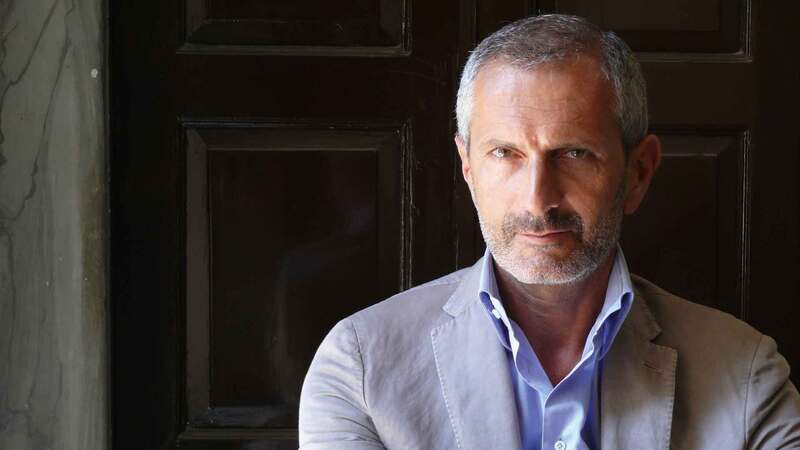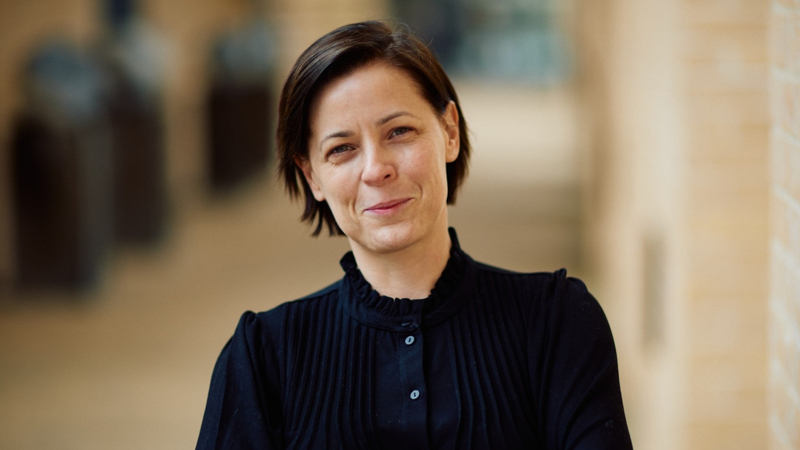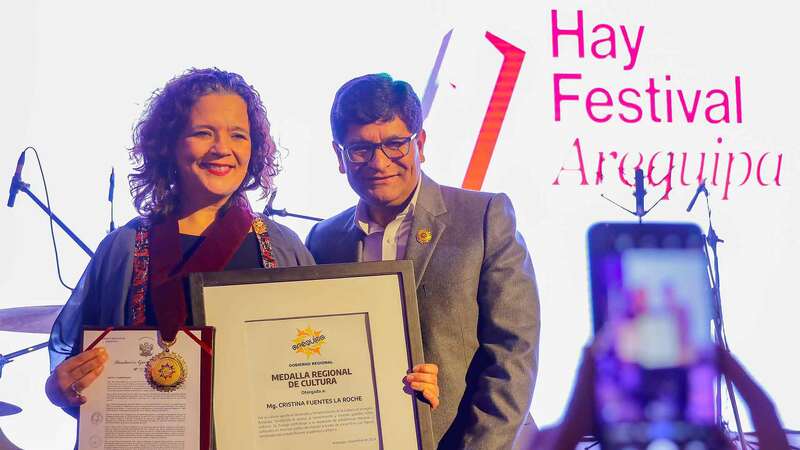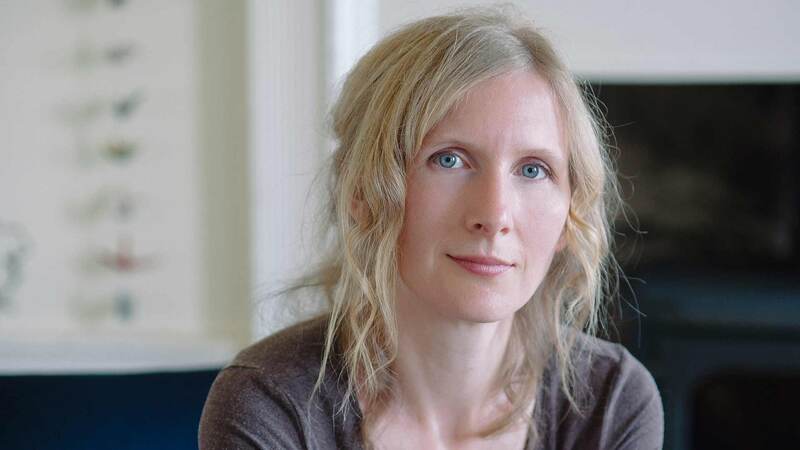You are viewing your 1 free article this month. Login to read more articles.
Behind the morgue doors
Q: Why did you choose the forensic crime genre for one of your main characters, Dr Maura Isles?
A: My own training is as a medical doctor, so my roots are grounded firmly in science. I understand how doctors think, how doctors talk, and how we approach problems. So it was only natural that I would carry that background into my fiction and choose protagonists who were often doctors. Prior to my moving into the genre, there were of course a few very prominent doctor/writers, Michael Crichton and Robin Cook being the two most well-known in the U.S. But there were no females in the field, and what I brought to the thriller genre was science told from a woman's point of view, featuring heroines who faced challenges as women working in what was then primarily a man's profession.
Q: How much of Tess Gerritsen may be found in your forensics expert Maura?
A: Dr. Maura Isles is, in so many ways, a reflection of my own personality. We both believe in logic and science. We both desperately want to believe that there's a reasonable explanation for everything. And since forensic pathology is so much a part of any homicide investigation, it was only natural that I would choose to feature a pathologist in my stories. We're very much alike, both in personality and in our backgrounds. In fact, many of Maura's biographical details – where she went to undergraduate college (Stanford), what she studied there (Anthropology), where she went to medical school (University of California, San Francisco), are taken straight from my own life. Even the wines she drinks and the car she drives come from my own life. We're both loners, quite happy to be by ourselves, talking to no one. Thankfully, though, I've been luckier in love than she has.
Q: What ways have you tried to model or change the forensics crime novel?
A: I haven't set out to change the genre, only to honestly reflect my own experiences as a doctor. I've tried to stay true to the experience of the autopsy room – its smells, its sights and sounds. I haven't shied away from the very details that I'm familiar with because I believe that my readers want to know what my characters know. What is it like behind the morgue doors? What do doctors know? What are the secrets we don't want others to know?
Q: Which writers on the subject do you admire?
A: I credit Patricia Cornwell for introducing pathology to crime readers, and Aaron Elkins for showing me how skilfully one can use science to enrich a story.
Q: Can you tell me about any real-life forensics you have witnessed?
A: I've never been at a crime scene, but I have witnessed at least a dozen autopsies during my training.
Q: How do you feel you differ from your peers?
A: Primarily in my medical training. I also enjoyed a childhood filled with horror movies, since my mother was a great fan of every scary movie that Hollywood ever made. So I grew up screaming in dark movie theatres, where I learned to enjoy being scared out of my wits.
But I don't really think I write graphic, unsparing crime fiction. Most of the violence in my books takes place offstage, and my scenes focus on the investigators walking onto the scene after the violence has been committed. I must admit that I'm a bit squeamish about graphic violence and scenes of pain or torture. I flip past those pages. I close my eyes when they appear in the movies. I don't think buckets of blood really help make a story successful – rather than gore, what grips me is tension and the threat of violence, not the violence itself.
Q: Can you talk about your medical background?
A: I am a specialist in internal medicine, which is adult hospital-based medicine that doesn't involve surgery. I'm not sure what the UK equivalent of that is. I worked full-time as a doctor for only about five years, and then went on maternity leave, which is when I produced my first book. I never went back to full-time medicine, and it's been 20 years since I've practiced as a doctor. So I'd be quite dangerous at it now!
Tess Gerritsen is the author of The Silent Girl, published in July by Bantam.

